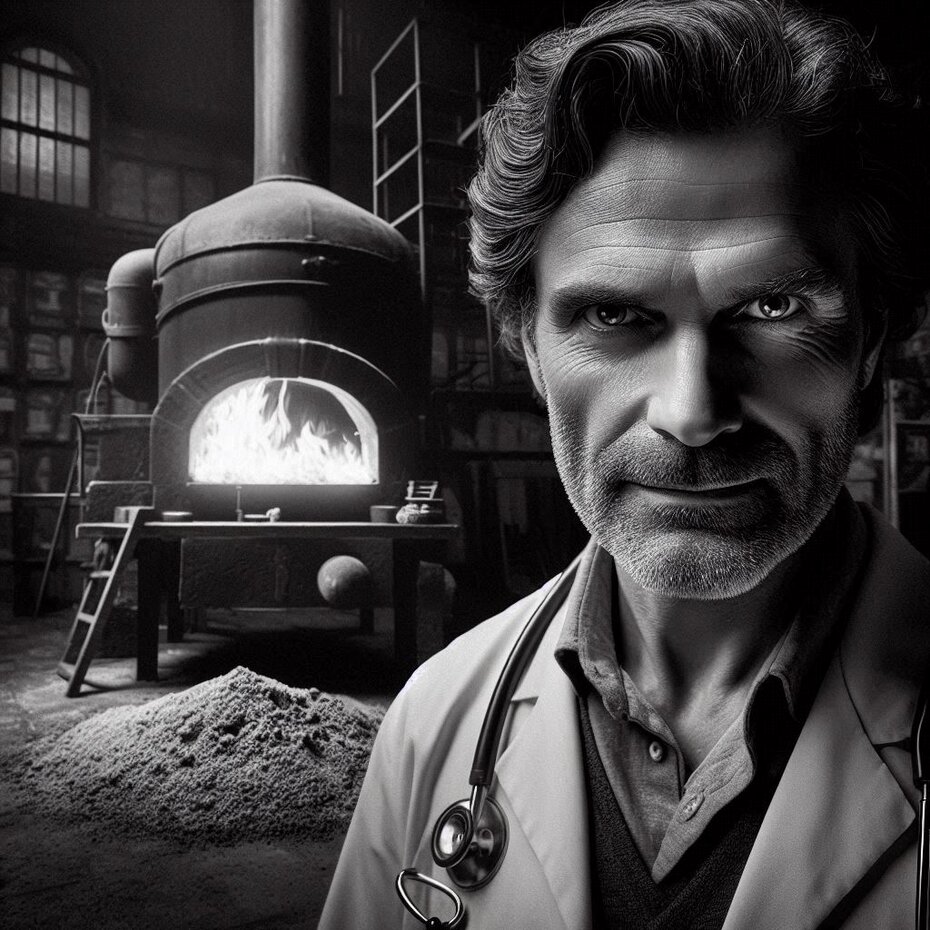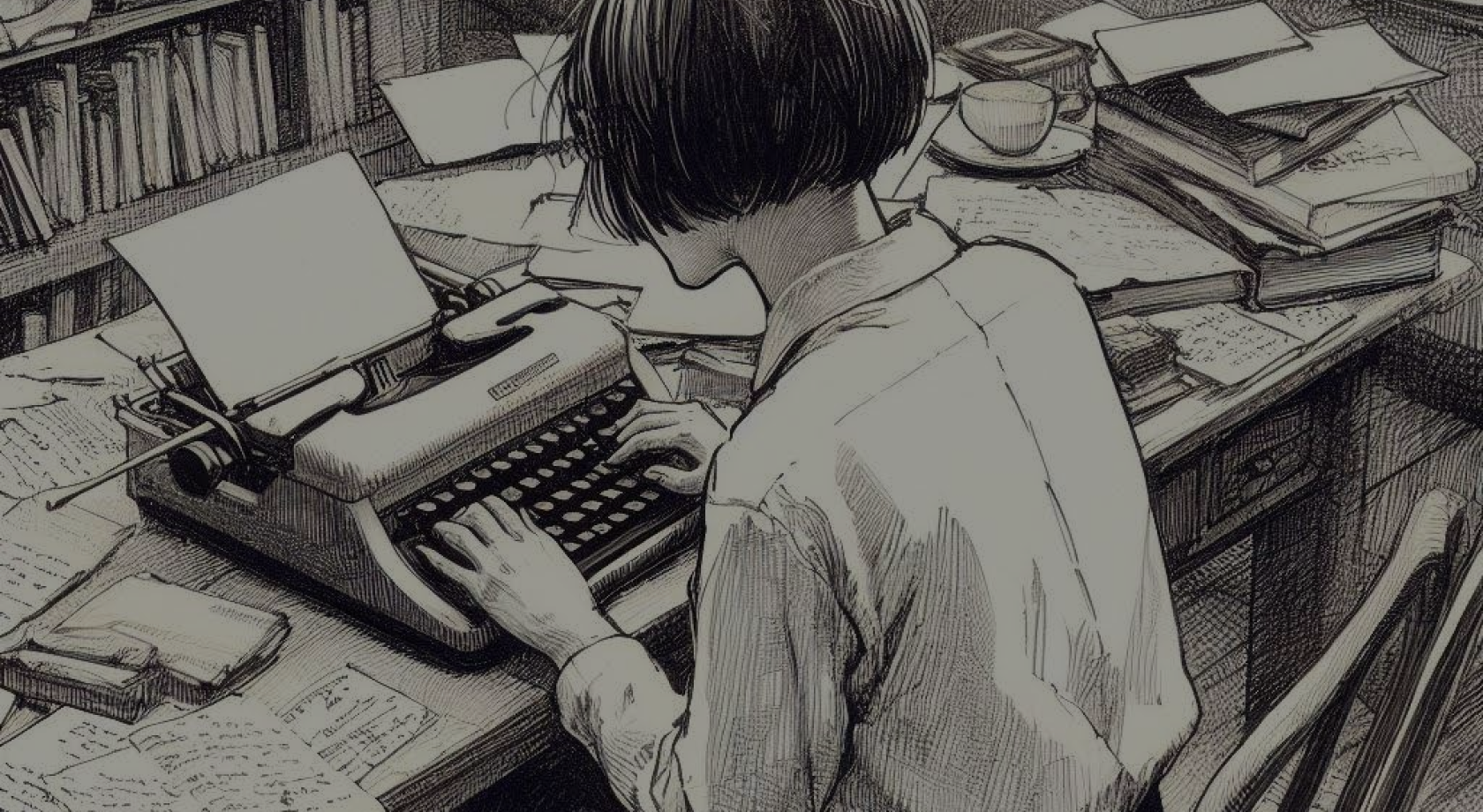The butcher of Paris: Dr. Petiot's macabre consulting room (chapter 2)
For five days, thick, smelly smoke had been coming out of the chimney of the mansion opposite Madame Marçait's house. The situation was only getting worse, because that day the smell had become particularly unbearable: a mixture of the smells of rubber, hair and burnt toffee. Her husband resisted taking action because he was afraid of drawing attention to himself: Paris was then under German occupation, led by the treacherous Vichy regime, and the French tried to live their lives as discreetly as possible so as not to get into trouble. However, pressured by his wife, Monsieur Marçait finally went down to the street and knocked on the door of the mansion opposite to complain. But all he found was a note stuck to the door, telling anyone interested that the house was temporarily unoccupied and that mail and other deliveries should be forwarded to 18 Lombards Street in Auxerre.

Mr. Marçait decided to call the police, who tried in vain to get into the house, but the doors and windows were very sturdy and resisted their efforts. The police then went down the street to investigate the name of the owner and were informed by the janitor of the building next door that this elegant but abandoned mansion, which had once belonged to the Countess de Ségur, had recently been sold to Dr. Marcel Petiot, who lived a few kilometers away. With Dr. Petiot's address and telephone number in hand, the police called his residence. "Wait a bit, I'll be there in 15 minutes to open the door for you. Please don't touch anything until I arrive," was Dr. Petiot's calm reply to the police.
As no one had arrived half an hour later, the police decided to call the fire department to break into the house. What the two firemen discovered after breaking through a small window on the second floor was that the house, full of furniture and luxury objects, was completely abandoned, covered in dust and cobwebs. They decided to go down to the basement to see where the smoke was coming from and there they found two furnaces where the fire was burning wildly. Next to them was a huge pile of ashes and several sacks of coal. A closer examination showed that human limbs were burning inside the furnace. Through the gaping opening of a pit in the ground a few meters away from the furnace, they climbed a ladder and began their descent underground. But halfway down, they lost the courage to continue. At the bottom of the pit was a pile of human remains thrown haphazardly and barely covered by lime. The scene was devastating.
Behind the main mansion, they discovered other smaller buildings, originally intended to house domestic servants, which were connected to the main mansion by a corridor. One of these buildings was exceptionally clean and renovated: Dr. Petiot's medical office. It consisted of a waiting room connected by a door to a completely empty triangular room. In this room there was another door and a bell next to it, but both were false. Neither door could be opened from inside the triangular room. Furthermore, anyone inside this room could be spied on by a peephole installed in one of its walls. On the wall opposite the peephole, eight iron rings were attached at eye level. But what were these rings for, if not to chain up victims awaiting their fate?
The police commissioner in charge of this case, Georges Massu, had been chosen as head of the criminal squad a year earlier and had since become a regular feature in articles describing the routine of police stations in Parisian newspapers, especially Le Matin. The Paris-Soir called Massu "the ace of interrogations" and everyone admired his work. Twenty years later, Georges Simenon would confess in an interview with Figaro Littéraire that Massu was one of the police commissioners who inspired Commissaire Maigret, one of the most famous characters in the detective novels of world literature.
Even though the discovery in March 1943 of what was going on in that dilapidated mansion took place during World War II, when France was experiencing the disappearance and summary execution of its citizens on a daily basis, everyone was stunned by the violence of the scene. However, Commissaire Massu was quickly able to come up with different theses to explain what could be going on in that house: Dr. Petiot could have been coerced by the Gestapo into using the house to dispose of the bodies of members of the French Resistance, Jews and other criminals; or Dr. Petiot could have been a participant in the Resistance who was using the house to secretly get rid of Gestapo agents murdered during the occupation; either Dr. Petiot was a member of the Resistance who was using the house to secretly get rid of Gestapo agents murdered during the occupation; or, finally, Dr. Petiot was a serial killer.
After investigating the entire house and trying in vain to locate the owner at his home, the police discovered that Dr. Petiot had disappeared from Paris. However, neighbors reported that in the dead of night, despite the city's curfew, a large number of people entered the house. They also reported that they often heard screams coming from inside the house, and that recently a truck had taken away dozens of suitcases that were in the house. Far from finding a solution to this enigma, the police decided to go to Auxerre to investigate Dr. Petiot's other residence.
Although the Gestapo's release of Marcel Petiot had taken place only a few months before, when the investigation into Dr. Eugène had not provided strong evidence of his involvement in the disappearance of Jews and other disaffected members of the Nazi regime, no one was able to make a connection between these two cases, as the exchange of information between the French police and the Gestapo was very limited. It was only when the police investigations into the Paris Butcher made the front page of the newspaper that the Gestapo realized what a mistake they had made when they released Dr. Petiot.
This story is based on facts reported in the media. Read the next chapter to find out what happened.
Translated with DeepL.com (free version)
Voltar
